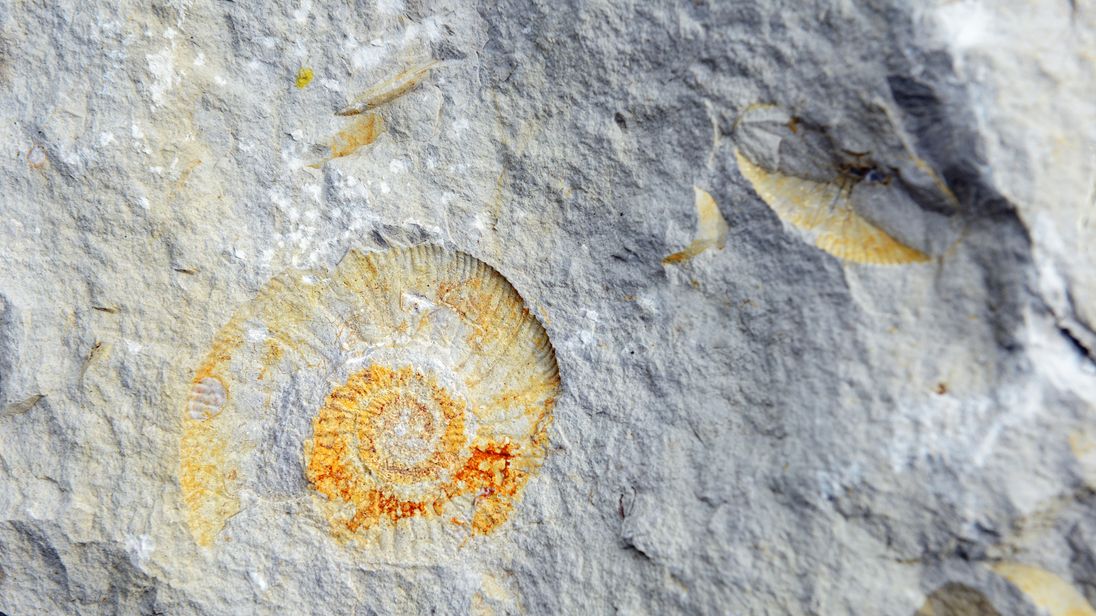https://news.sky.com/story/global-warming-500m-years-ago-led-to-the-start-of-the-human-race-11365329

Global warming during a “greenhouse interval” ultimately led to the start of the human race, scientists believe.
New research suggests that sea temperatures of around 25C (77F) and a lack of permanent polar ice sheets fuelled an explosion of species diversity that eventually led to the human race.
Scientists made the discovery while looking for clues in tiny fossil shells in blocks of Shropshire limestone thought to be around 510 million years old.
The timeframe is referred to as the Cambrian explosion, when representatives of all the major animal groups first appeared.
The surge in diversity allowed life to evolve into a multitude of complex forms, including fish, reptiles, birds and mammals.
Scientists previously thought the Cambrian explosion must have been fuelled by warm temperatures, but the evidence has been lacking so far.

This new findings suggest it was a “greenhouse interval” when high levels of carbon dioxide filled the atmosphere and temperatures soared.
Thomas Hearing, from the University of Leicester’s School of Geography, Geology and Environment, said: “Because scientists cannot directly measure sea temperatures from half a billion years ago, they have to use proxy data – these are measurable quantities that respond in a predictable way to changing climate variables like temperature. In this study, we used oxygen isotope ratios, which is a commonly used palaeothermometer.
“We then used acid to extract fossils about 1mm long from blocks of limestone from Shropshire, UK, dated to between 515 to 510 million years old. Careful examination of these tiny fossils revealed that some of them have exceptionally well-preserved shell chemistry which has not changed since they grew on the Cambrian sea floor.”
The isotopes revealed warm sea temperatures of between 20C and 25C.



